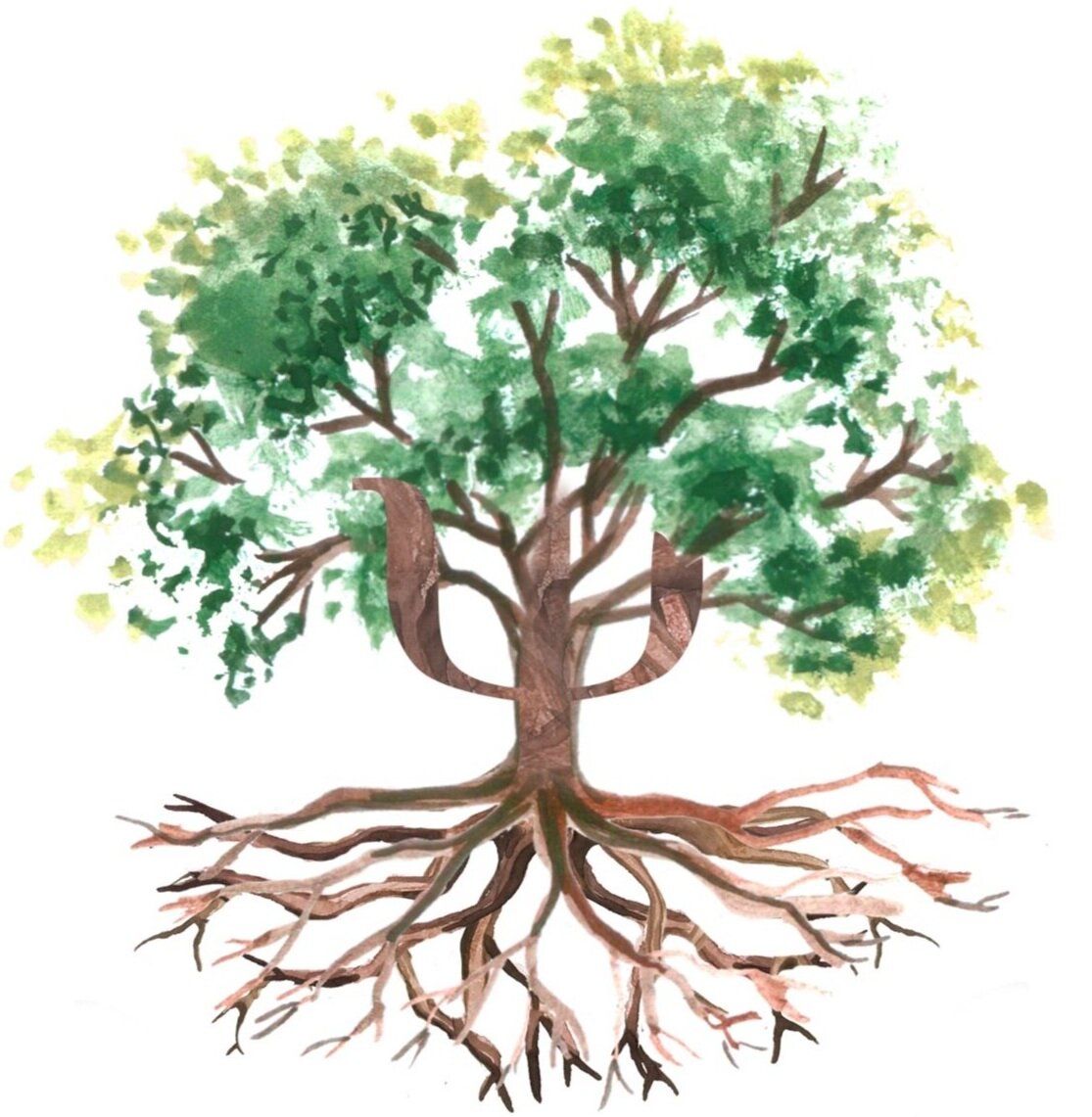THERAPIES
Cognitive Behavioural Therapy (CBT)
We can’t always change our circumstances or situations we find ourselves in.
But we can change how we think about them, and eventually, how we feel about and react to them. That, is the fundamental essence of CBT.
Cognitive Behavioural Therapy sounds complex - how does it work?
CBT theory postulates that our thoughts, feelings and behaviors are interconnected linkages. A disturbance in one link has the propensity to affect another link, and if this disturbance is not resolved, an unhealthy or unhelpful thought or behaviour pattern may eventually emerge.
CBT identifies inaccurate negative thoughts, and actively challenges these thoughts through behaviour testing and modification. CBT helps people make sense of the bad thoughts or memories through conscious thought and behaviour modification.
In a nutshell, CBT involves the identification of unhelpful thought patterns that manifests into significant problems, the modification of dysfunctional thinking, and thereby encouraging a corresponding change in behaviour.
The Unhealthy (Quad)Cycle
One of the first steps when engaging in CBT is to understand the what, how, when and where our struggles manifest.
Your psychologist begins by identifying what some of your struggles are, working together with you to understand how your current thinking may be contributing to your negative feelings, and how that eventually leads to problematic behaviours reinforcing unhelpful thinking patterns.
Subsequently, your psychologist will facilitate a deeper understanding into when and where some of these thinking patterns are triggered. For example, certain situations may trigger thoughts that affect our feelings, behaviours and physiological sensations. This may lead to an unhealthy cycle that reinforces the negative thought patterns and the ensuing struggles as illustrated below:
Cognitive Distortions
Over time, this cyclical relationship sometimes lead to errors in thinking. These are known as cognitive distortions. All of us occasionally engage in them. They affect the way we see ourselves, the world and the people around us.
Sometimes, these cognitive distortions occur automatically or involuntarily. This can occur when these behaviors and thought patterns have become automatic responses – an example of an automatic response is when you wake up in the morning and brush your teeth without actually consciously thinking about what you are doing. These responses may be unhelpful and unhealthy as they may be ineffective (or in most cases, having the opposite effect) in relieving stress, elevating your mood or resolving conflict in the long run.
There’s a long list of cognitive distortions, but we’ll share several relatable ones:
Ψ Overgeneralisation:
“Everybody says I’m unfriendly” or “Nobody cares about me”
Ψ Moral imperatives (“Should” “Must” “Ought”):
“I must be friendly” or “I should have done better”
Ψ Magnification or minimisation:
“My day was horrible because a dog barked at me”, or
“A stranger complimented me today but I’m sure he didn’t mean it”
Ψ Mind reading:
“He shifted away from me. He must think I smell bad.”, or
“He didn’t smile at me. I think he doesn’t like me.”
Therapy (Cognitive Restructuring)
In CBT, by learning to identify, assess and confront cognitive distortions, we can deploy alternative strategies to challenge and overcome these unhelpful thoughts.
Through a combination of changing dysfunctional thoughts and learning alternative, healthier behaviours, we can employ a systematic approach in improving our emotions and behaviours. To give you a better idea of what CBT would entail, we’ll briefly introduce one of its commonly used techniques – cognitive restructuring. It is a process of helping individuals challenge negative or irrational thoughts, which are known as cognitive distortions. Cognitive restructuring involves learning and practicing certain techniques.
Here are three techniques that you can use:
Through a combiniation of an accurate comprehension of your thoughts, actively developing strategies against cognitive distortions, and planning healthier behaviours, CBT acts as a clinically effective first line of psychological defence.
In summary, CBT works.
CBT is scientifically-validated and evidenced-based.
Extensively research has shown that CBT is effective in addressing many psychological conditions such as major depressive disorder, anxiety disorders, phobias, eating disorders, PTSD and others. Here is a list of some other disorders that CBT can help with.




